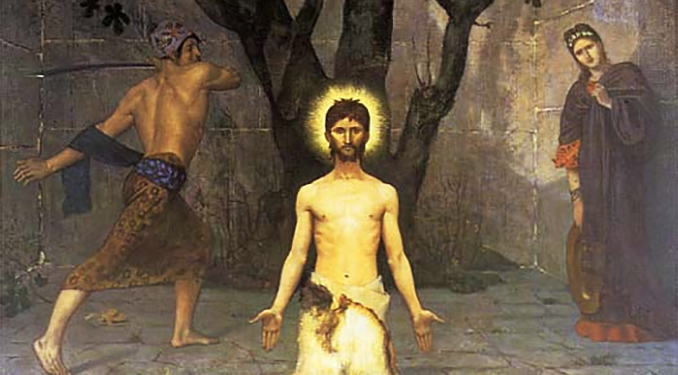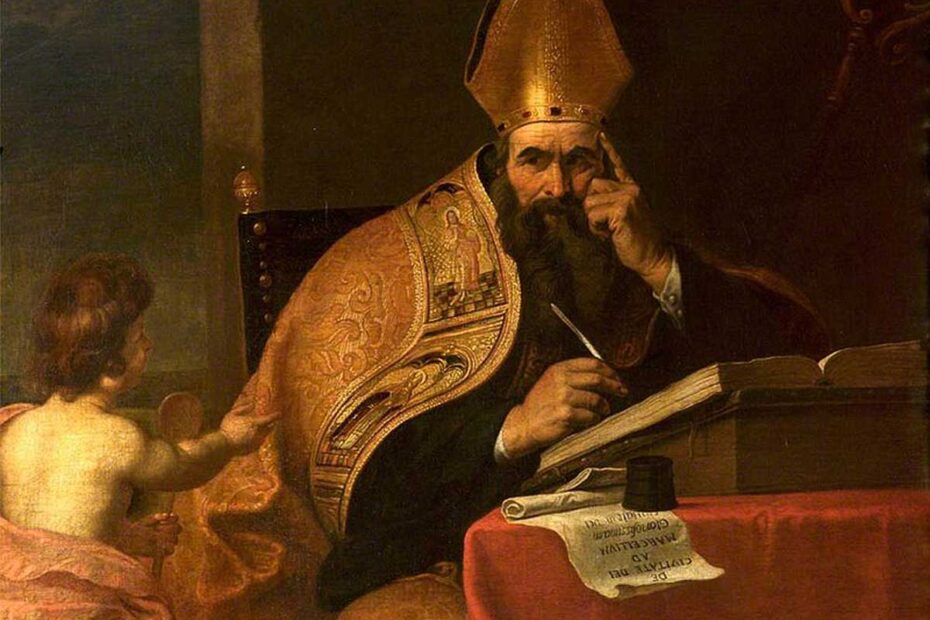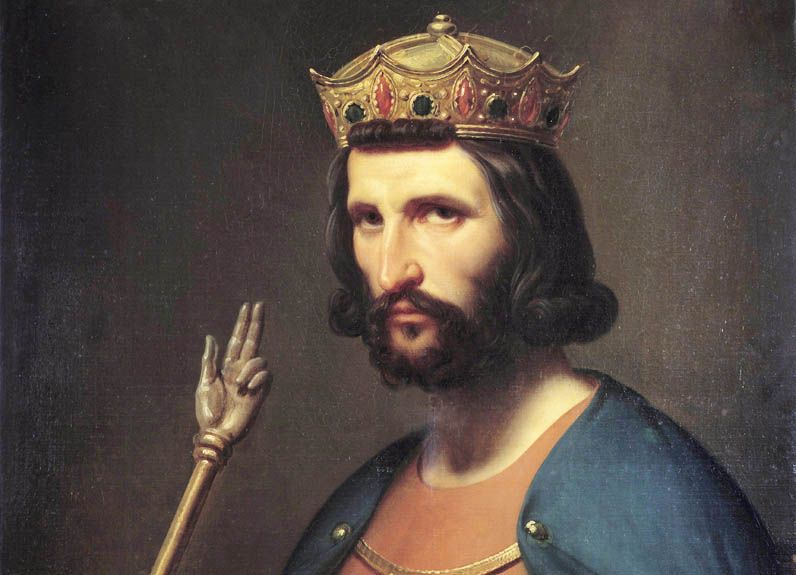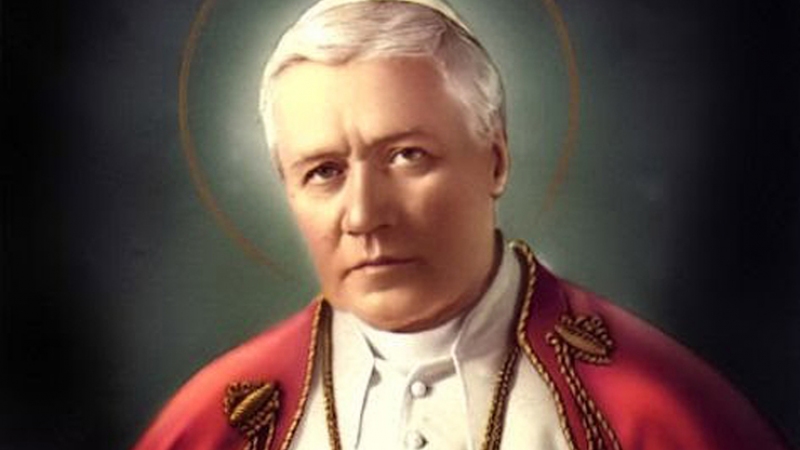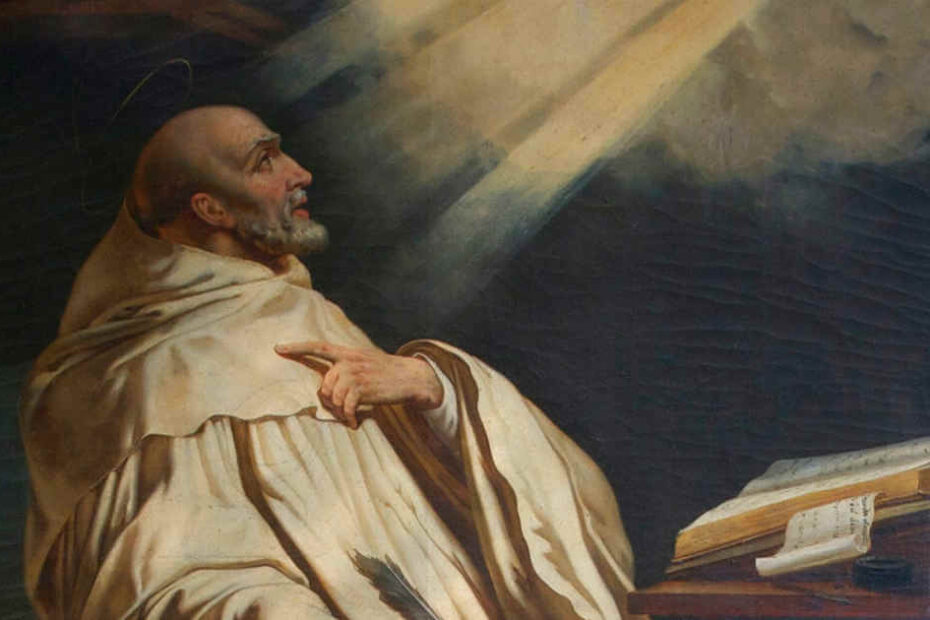Martyrdom of John the Baptist
The Church, having celebrated the earthly birthday of St. John the Baptist on June 24, today honors the anniversary of his martyrdom. Besides our Lord and our Lady, St. John the Baptist is the only one whose birth and death are thus celebrated. Today’s Gospel relates the circumstances of his execution. He had the courage to blame Herod to his face for the scandal of his illegal union with his sister-in-law Herodias, whose husband was still alive. Herodias contrived to make Herod imprison him and took advantage of an unexpected opportunity to obtain through her daughter Salome the beheading of the saint.
